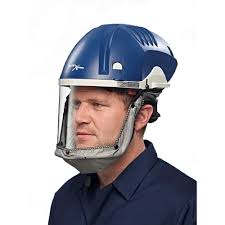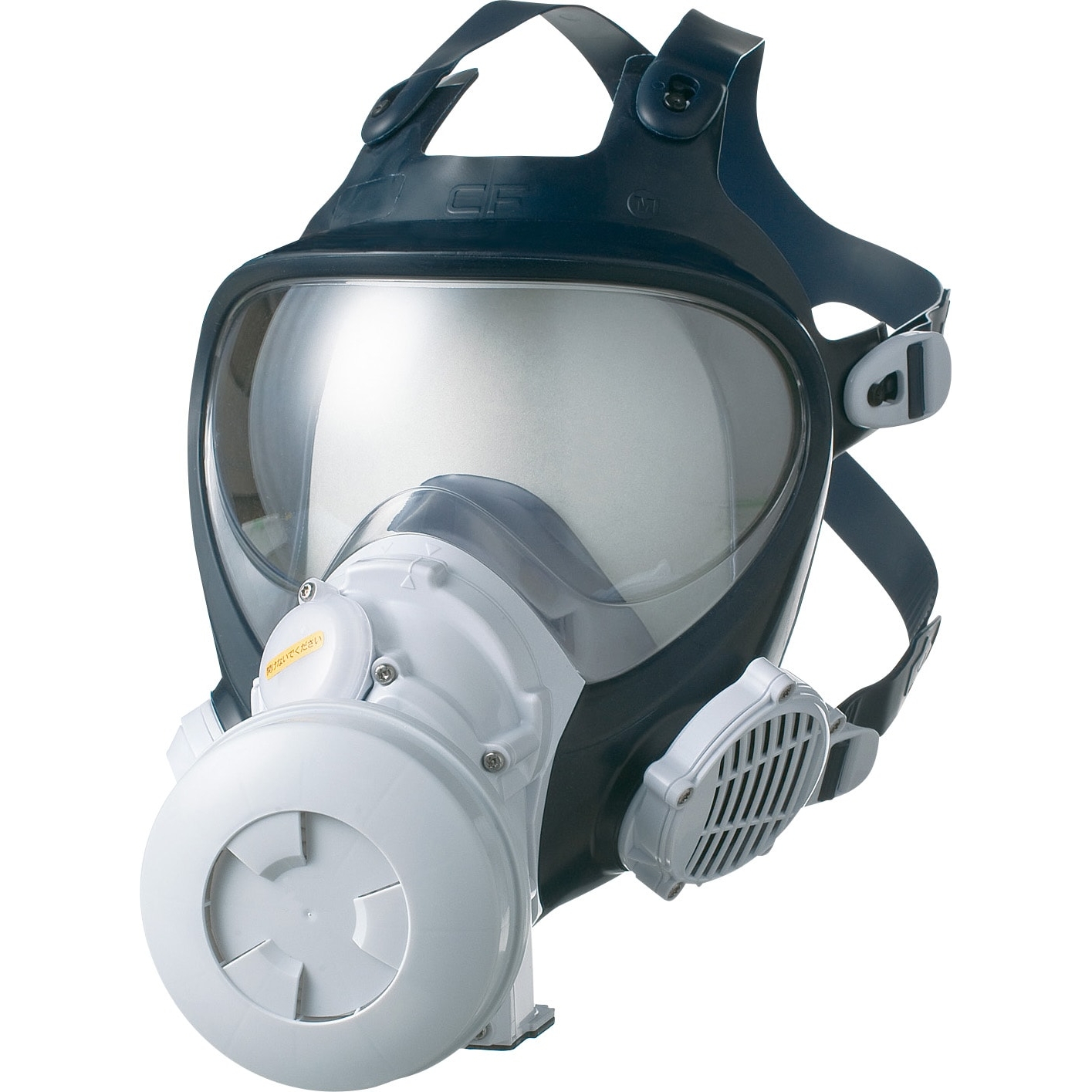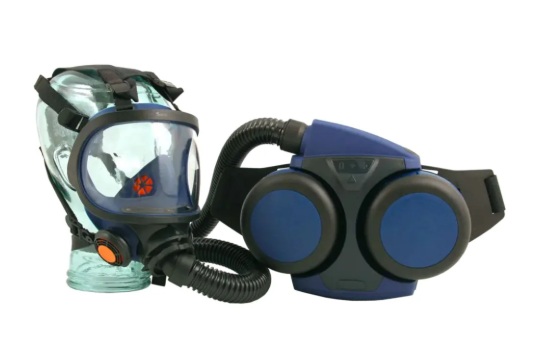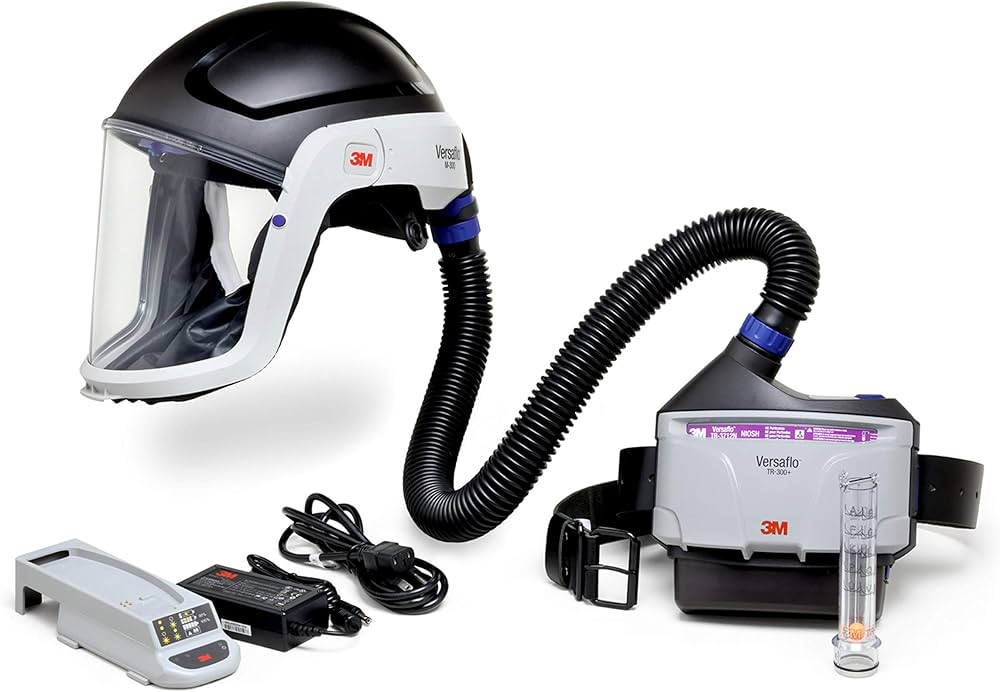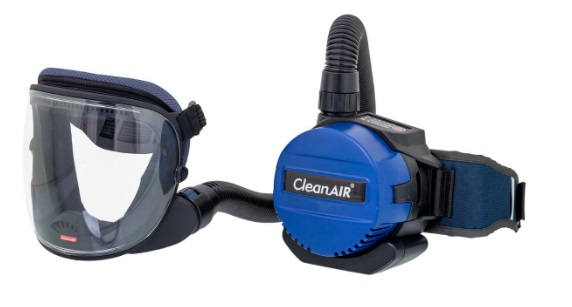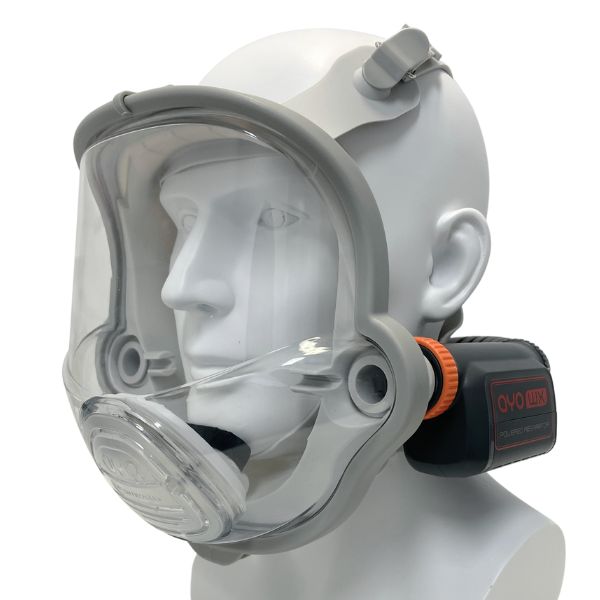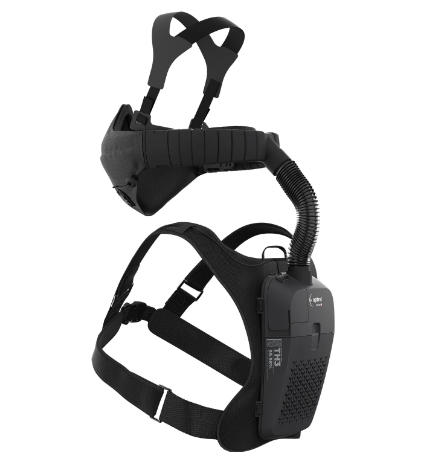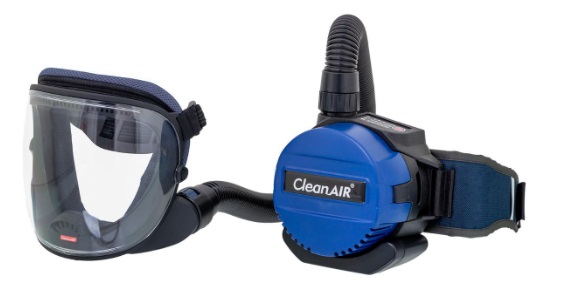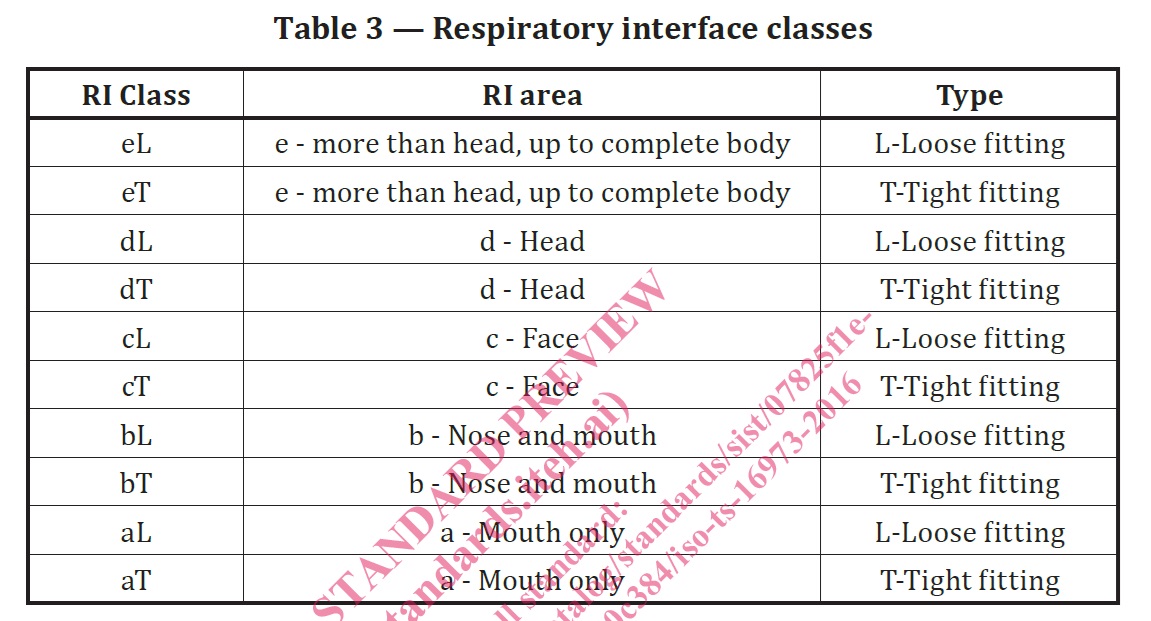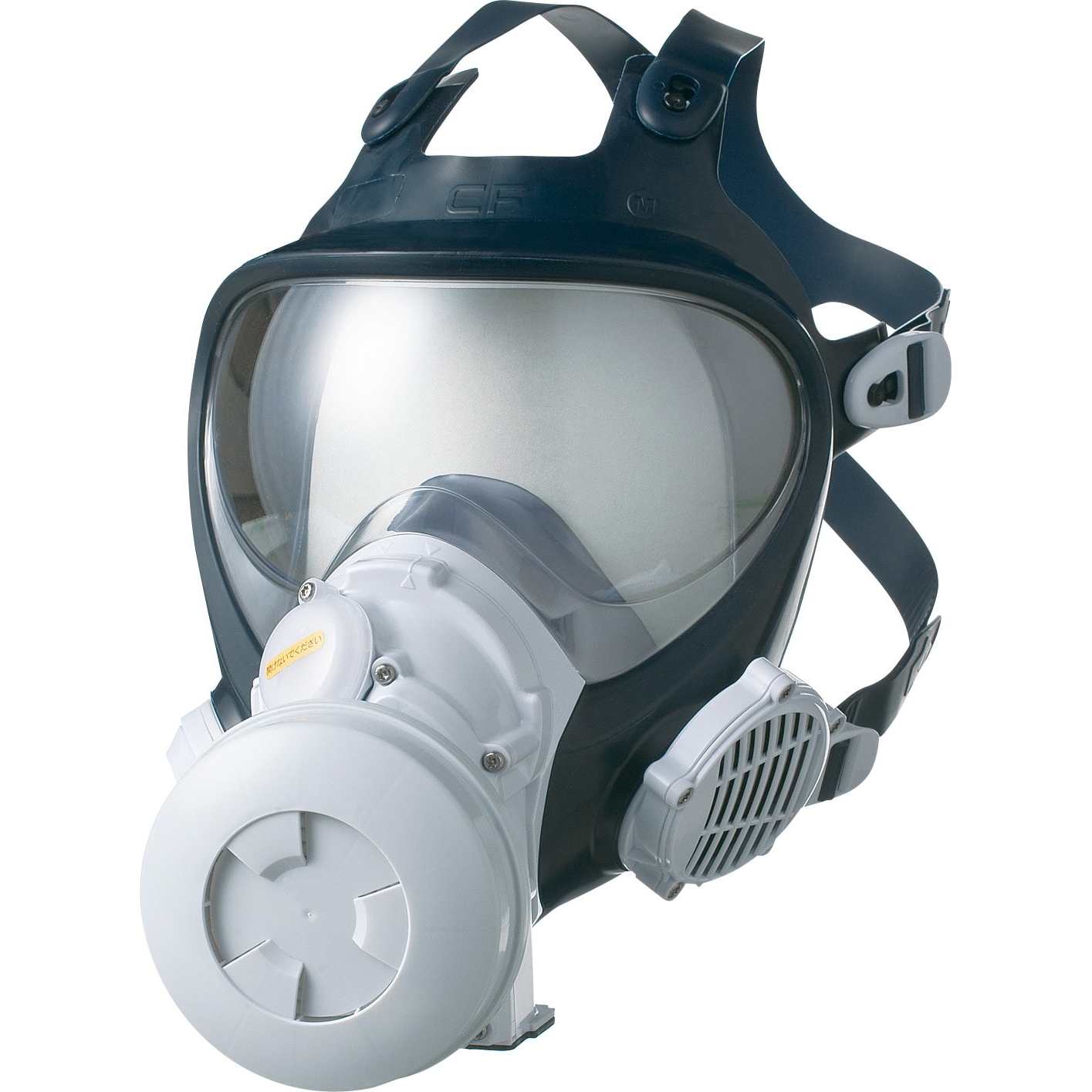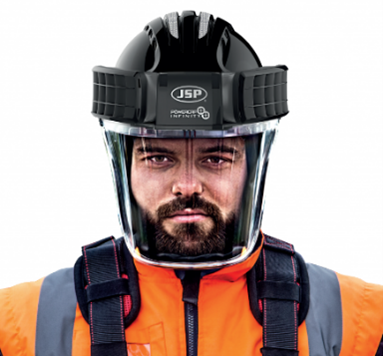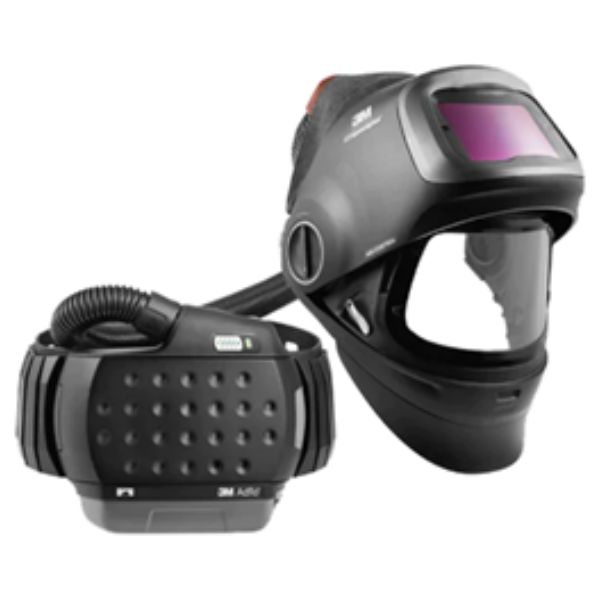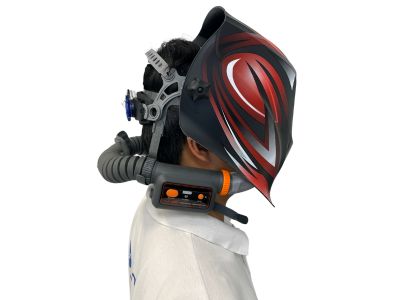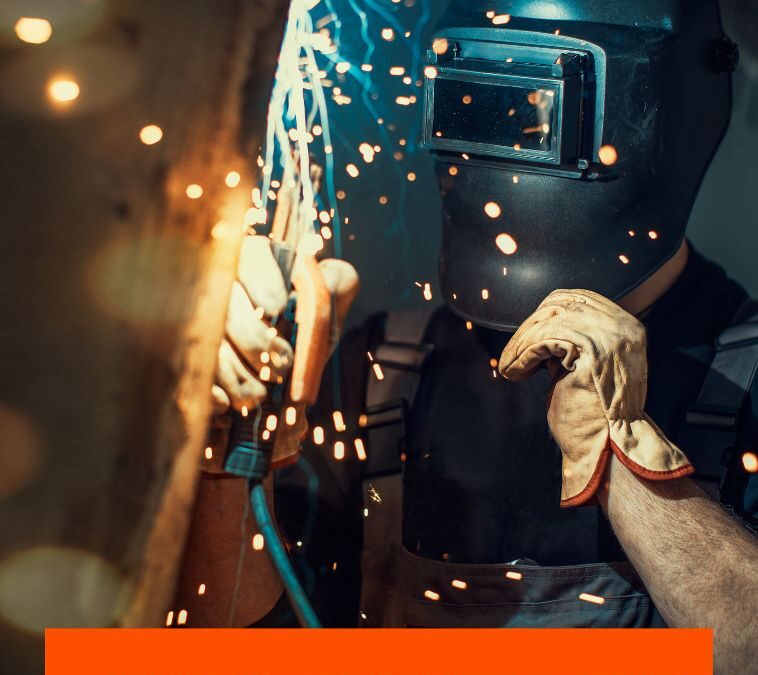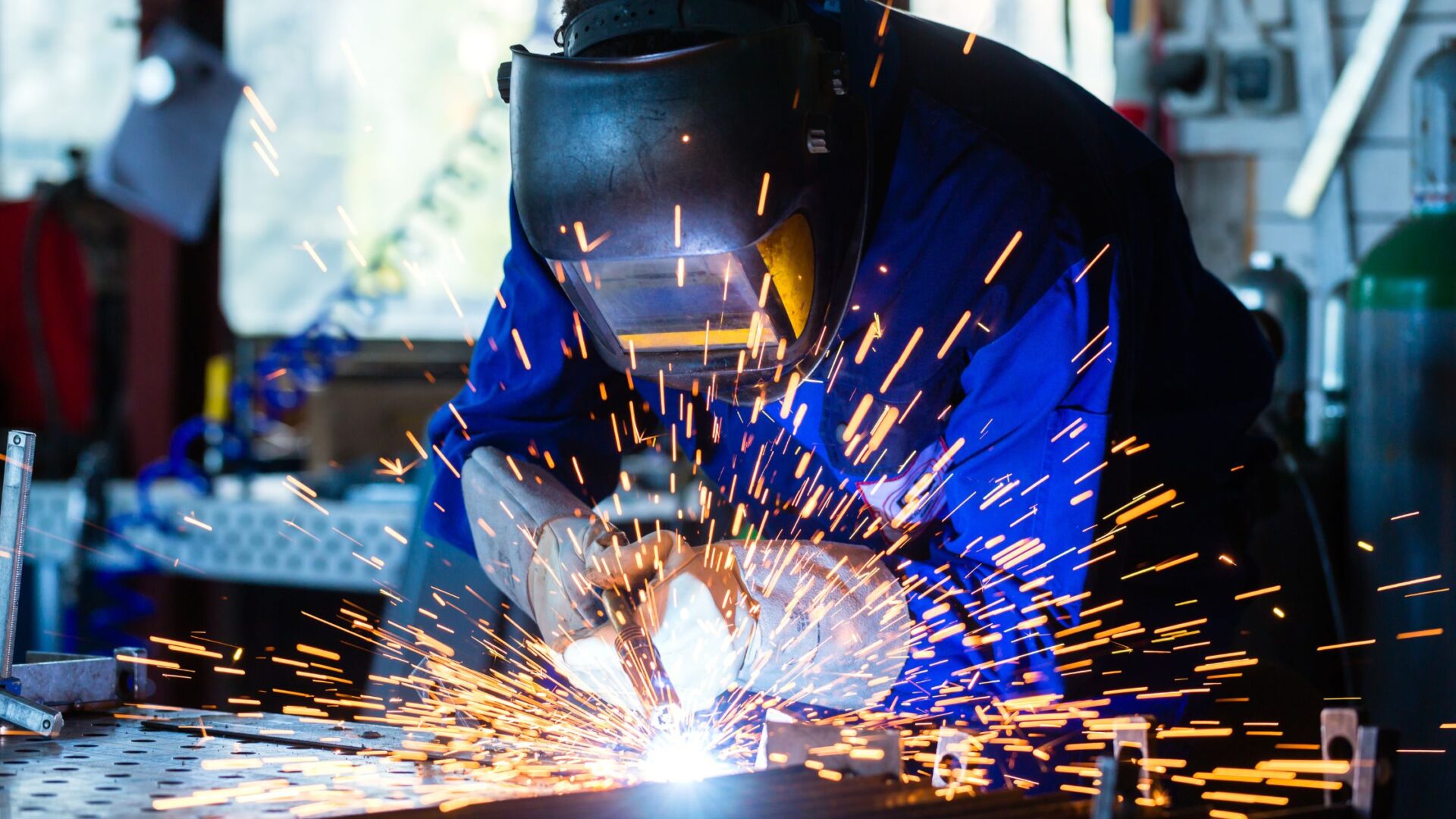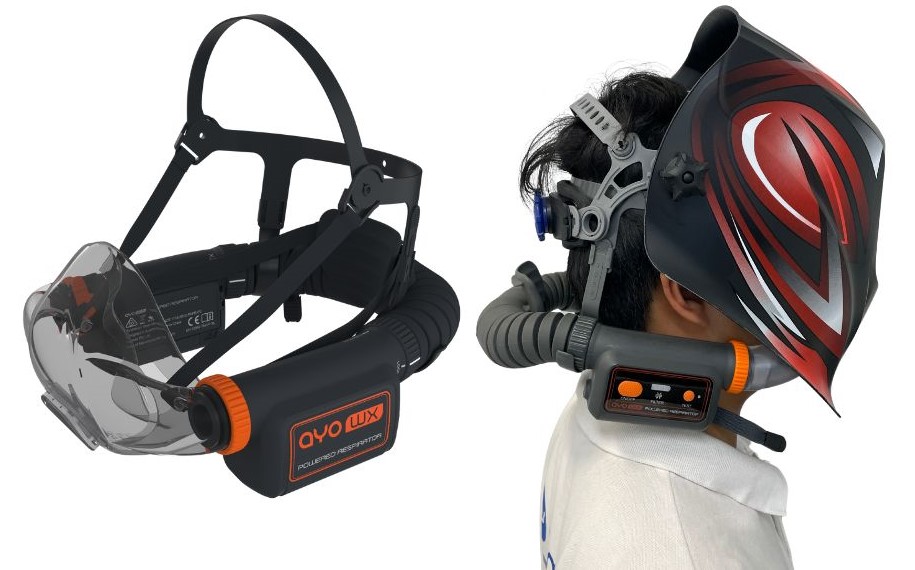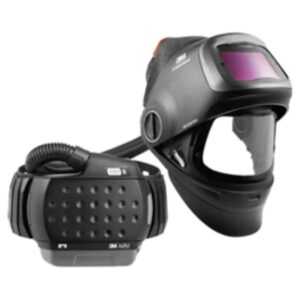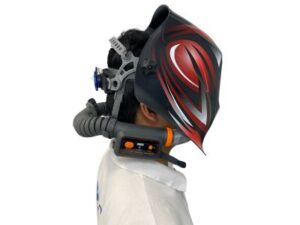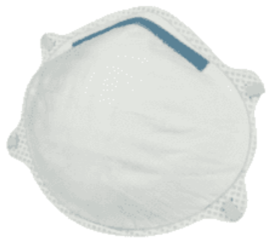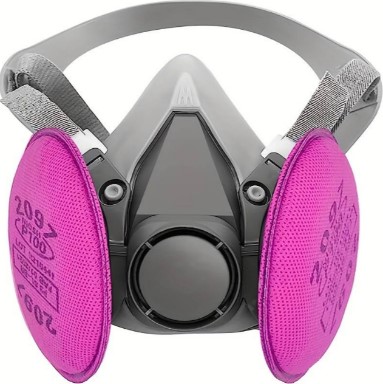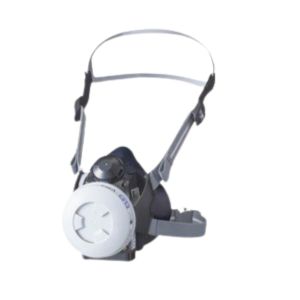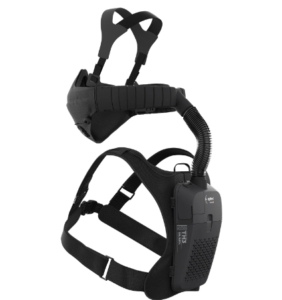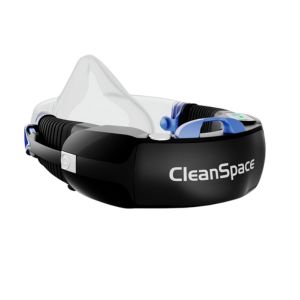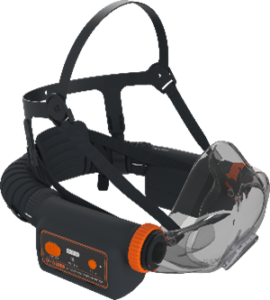How Does Aimwell AYO WX FFM-LF Loose-Fitting Full-Face Mask PAPR System Compare with Other Full-Face PAPR Brands?
| PAPR Type | Brand/Model | Key Comparison |
|
Head-mounted Loose-fitting
|
PureFlo Purelite
|
Protection level: AS/NZS 1716 PAPR P2 Peak flow: > 200 L/min
|
| Face-mounted Tight-fitting | SHIGEMATSU SYNC01VP3
|
Protection level: AS/NZS 1716 PAPR P3 Peak flow: only 138 L/min Weight: 0.8 kg Battery Time: 9 hours Cost: $1995 Shortcoming:
|
| Belt-mounted Tight-fitting |
Sundstrom SR500/200
|
Protection level: AS/NZS 1716 PAPR P3 Peak flow: 240 L/min Weight: 1.65 kg Battery Time: 7 hours Cost: $2903 Shortcoming:
|
| Belt- mounted Loose-fitting |
3M Versaflo TR-315A+ PAPR Kit with 307C helmet
|
Protection level: AS/NZS 1716 PAPR P3, EN12941 TH3 Peak flow: 200 L/min Weight: ~2kg (Including Power unit with battery, belt, filter), and Helmet. Battery Time: 9-12 hours Cost: $2390 Shortcoming:
|
| Belt- mounted Loose-fitting |
CleanAIR Unimask with Basic PAPR RFU837-CB
|
Protection level: EN12941 TH3 Peak flow: 170 – 240 L/min Weight: 1.26kg (Including Power unit with battery, belt, filter, not including hose), and face shield. Battery Time: 10 hours Cost: $1650 Shortcoming:
|
|
Around-neck Tight-fitting and loose-fitting configurable |
Aimwell AYO WX FFM-LF Loose-Fitting Full-Face Mask PAPR System
|
Protection level: AN/NZS 1716 PAPR P3, MPF: >100 Peak flow: > 200 L/min (Breath responsive) Weight: 1.0kg Battery Time: 16 hours Battery replaceable Cost: $789 Best overall performance among all:
|
In summary, AYO WX FFM-LF is on par with most other PAPR brands regarding peak flow performance, while it stands out in mobility, flexibility, ease of use, and value-for-money.
Buy AYO WX FFM-LF Loose-Fitting Full-Face Mask PAPR System – the best all-rounder Full-Face Mask PAPR System in the world.

